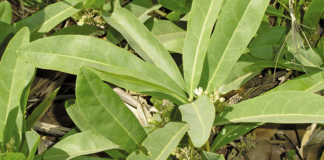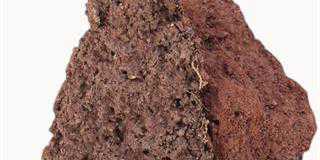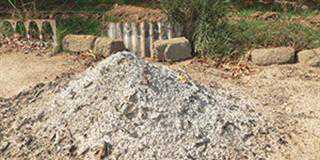Many farmers and gardeners focus on soil preparation as the first phase of planting or landscaping a garden. But soil preparation is an ongoing process – it doesn’t end. Good soil preparation will help to improve growing conditions and add the valuable nutrients your plants need for healthy growth. Soil preparation involves adding compost and organic matter, which helps keep the soil moist and prevents evaporation. The first step in soil preparation is knowing the type of soil you have, so you will know how to improve it. There are two ways to see what type of soil you have. The one uses moist soil, the other dry soil.
The moist method
Take some soil in your hand, moisten it and form it into a ball. Make a fist, squeeze, then open your hand. You’ll see that the wet soil will have formed a “sausage”, or ribbon. Clay soil will form firm ribbons .Loam soil will form poor ribbons that break up if the ribbon is rolled back and forth in the palm of you hand. Sandy soil will form a broken ribbon – or there might not be a ribbon at all.
The dry method
This simply involves looking carefully at your soil. Clay soil forms very hard dry clods. Loam soil also forms hard dry clods. Sandy soil has soft clods, or no clods at all. Loam soil is the best as it retains just enough water and allows just enough to drain away.
Improving your soil
Avoid creating layers of different types of soil, as this will make it harder for water and plant roots to move through it.Improve garden soils by adding organic matter – compost, manure or decomposed sawdust. Dig these in to at least a spade’s depth. In clay soil, organic matter will add nutrients and provide better water entry and drainage. In sandy soil, it will assist in holding moisture. Periodic deep ripping with an implement with tines, like a fork, is recommended where practical.
Source: Water Wise by Rand Water.













